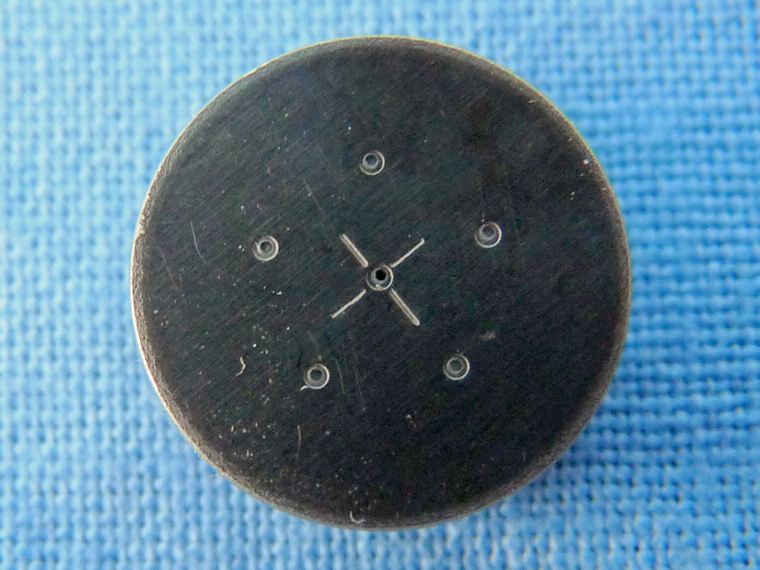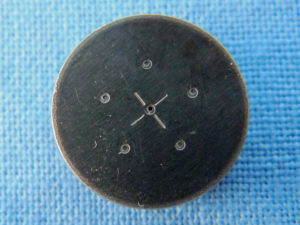
by Neil Bauman, Ph.D.
January 20, 2017
A nurse wrote,
I am a nurse at a retirement home and was told by the daughter of one of my residents that her hearing aid batteries must be left out in the air for a few minutes after the tabs are removed before placing them in her hearing aids. Is this true?
Strange as it may seem, yes, this is true. Let me explain.
 Many hearing aids currently use zinc-air batteries. These batteries all have colored tabs on them that indicate their size. The reason zinc-air batteries have tabs on them is to cover the one to nine tiny air holes in the battery to keep the air out until they are ready to be used. This gives these batteries a long shelf life.
Many hearing aids currently use zinc-air batteries. These batteries all have colored tabs on them that indicate their size. The reason zinc-air batteries have tabs on them is to cover the one to nine tiny air holes in the battery to keep the air out until they are ready to be used. This gives these batteries a long shelf life.
 When you want to “wake up” (activate) one of these zinc-air batteries, you simply remove the tab that covers the air holes. This lets air in to start the battery “working”. It takes the battery a couple of minutes to “wake up” and get up to full working voltage. That is why you should pull the tab off, then leave the battery with the air-hole side up so it can “wake up” and “get ready for work”.
When you want to “wake up” (activate) one of these zinc-air batteries, you simply remove the tab that covers the air holes. This lets air in to start the battery “working”. It takes the battery a couple of minutes to “wake up” and get up to full working voltage. That is why you should pull the tab off, then leave the battery with the air-hole side up so it can “wake up” and “get ready for work”.
If you don’t do this, two bad things happen.
First, because the voltage is so low right after you pull the tab off, the hearing aid may not even boot up. If it does boot up, the hearing aid may “beep” or say the battery is bad and needs replacing when this is not true. It just needs a bit more time to get up to full voltage.
Unfortunately, some people quickly throw the battery away and put another one in without giving it time to fully “wake up”. And when that one appears to be bad, they throw it away too, and try yet another one. Then they assume they had a bad package of batteries. All they needed to do was give the battery time to “wake up” and “get ready for work”.
Second, removing the tab and putting the battery in the hearing aid without giving the battery time to get up to full voltage shortens the battery’s life. Therefore, it is time well spent waiting two minutes or so and letting the battery get up to full voltage.
Note: one thing you might not think about is that once you remove the tab, the battery is activated. At this point, the battery starts working and it continues to work whether you use it or not. After two or three weeks the battery will be run down, even if you never used it at all. Therefore, do not remove the tab until you are ready to use the battery.

Leave a Reply